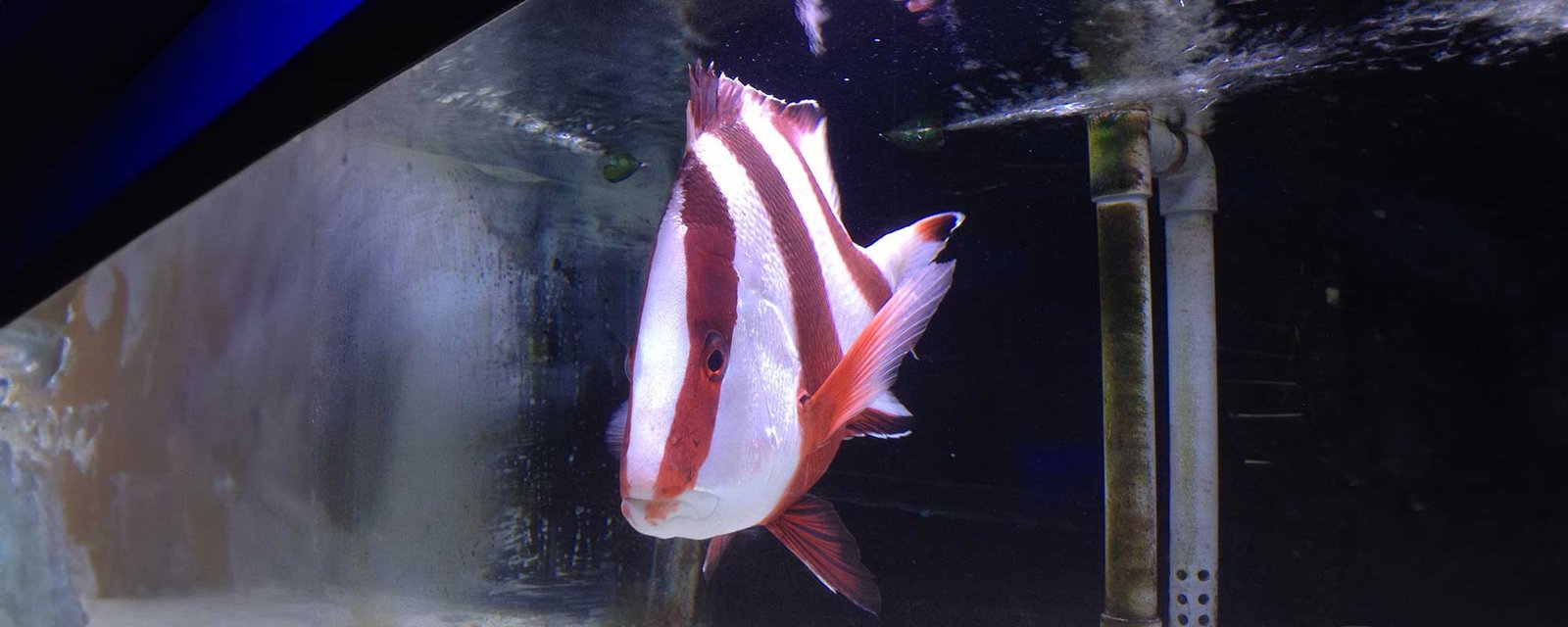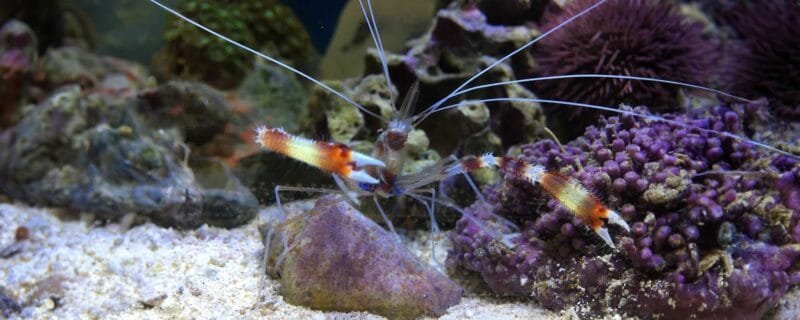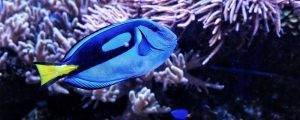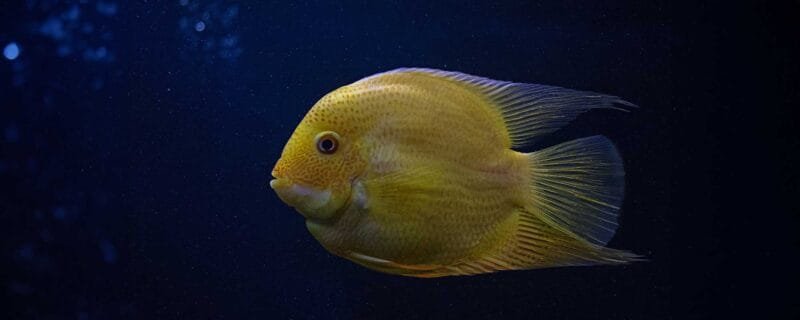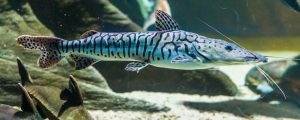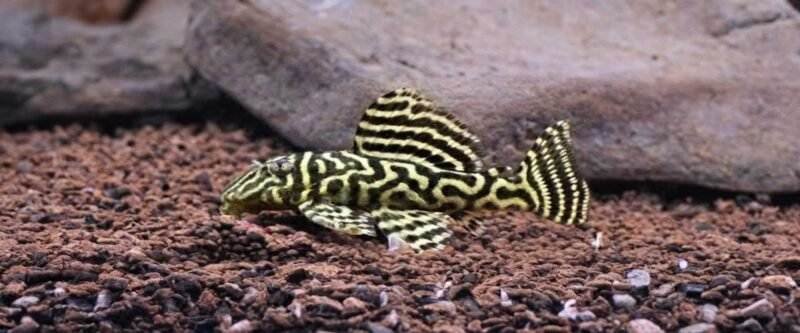Introduction
The Emperor Snapper, a true gem of the marine world, is renowned for its captivating appearance and intriguing behavior. Whether you’re a seasoned aquarist or someone who simply admires marine life, this fish is bound to leave an impression. Let’s delve deeper into the world of the Emperor Snapper.
Latin Name
The Emperor Snapper is scientifically known as Lutjanus sebae. This name not only adds a touch of sophistication but also helps researchers and enthusiasts identify and study the species in depth.
Native To
Originating from the vast waters of the Indo West Pacific, the Emperor Snapper graces the regions of the Red Sea, East Africa, Northern Australia, and even reaches the southern parts of Japan. They are typically found at depths ranging from 16 to 600 feet, making them a deep-sea marvel.
Size
One of the most awe-inspiring aspects of the Emperor Snapper is its size. Growing up to an impressive 45 inches (116 cm), it’s a fish that demands respect and ample space to truly flourish.
Diet
Being carnivorous, the Emperor Snapper has a diverse diet. Young snappers often feed on smaller pieces of fish, clam, scallops, and shrimp. As they mature, their appetite grows, leading them to consume larger feeder fish and carnivore pellets. It’s essential to provide them with a nutritious diet to ensure their health and vibrancy.
Sexing
Determining the gender of the Emperor Snapper can be a bit of a mystery. Currently, there are no distinct external characteristics to differentiate between male and female snappers. However, ongoing research and observations might provide insights in the future.
Breeding
Breeding the Emperor Snapper, especially in an aquarium setting, remains an enigma. In their natural habitat, these snappers are known to scatter their eggs in open water, without any protective measures. Their unique breeding behavior is a subject of interest for many marine biologists.
Reef Safe?
Given their size and predatory nature, the Emperor Snapper can pose a threat to smaller fish and invertebrates. If you’re considering adding them to a reef environment, it’s crucial to evaluate the potential risks and benefits.
Community Tank Compatibility
While young Emperor Snappers can coexist peacefully in groups, maturity can bring out their aggressive side. It’s generally recommended to house only one Emperor Snapper per aquarium. Their size and temperament make them suitable for larger tanks with fish that can hold their own. Before introducing them to a community tank, ensure you’ve assessed all compatibility factors.
Conclusion
The Emperor Snapper, with its regal presence and intriguing characteristics, is a testament to the wonders of marine life. However, its care requirements and natural behavior make it a fish best suited for experienced aquarists with the right resources. If you ever have the opportunity to witness this fish in its full glory, take a moment to appreciate its majesty and the intricate world it represents.

